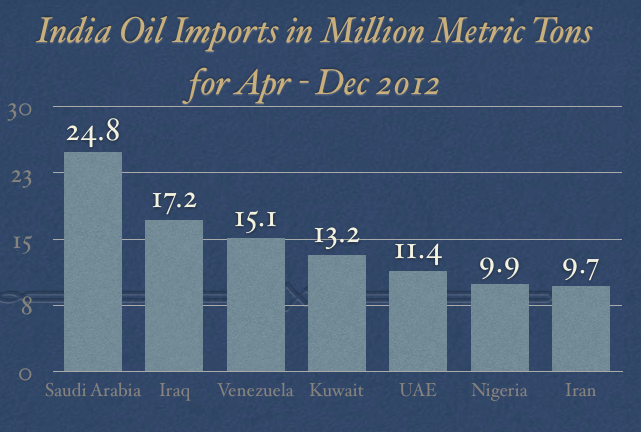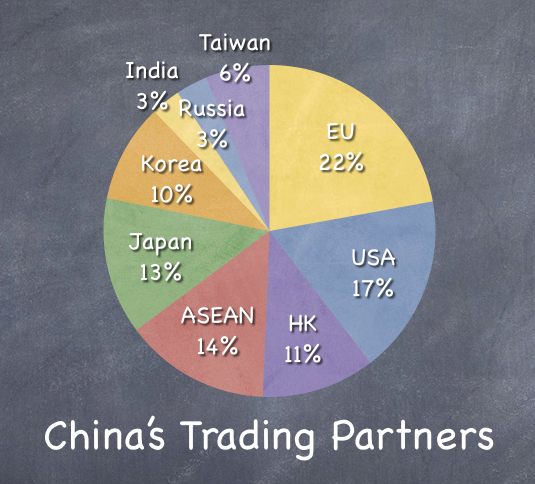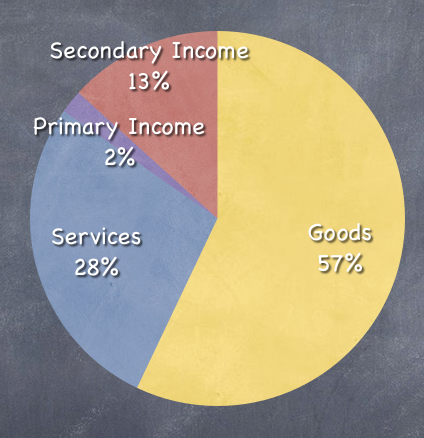This post is written by Shiv Kukreja, who is a Certified Financial Planner and runs a financial planning firm, Ojas Capital in Delhi/NCR. He can be reached at skukreja@investitude.co.in
I think retail investors in India can never make money out of any market-linked financial asset, be it stock market or debt market or forex market or gold. Our past experience in the stock markets has been very bad and even with extremely difficulty, you’ll hardly find any Indian investor who is 100% convinced that there is a scope for the retail investors to make money in the Indian stock markets.
It is quite natural that most of the investors will always invest their additional surplus in an asset class which has given highest returns to them (or general public) in the recent past. Investment in gold is the best example. Gold prices have crashed dramatically in the last 3-4 months. Around Diwali last year, gold prices crossed Rs. 32,000 and people in India have this mindset that gold prices always rise. They also have a view that around festivals like Diwali and marriage season during October-November, gold prices usually rise even more. Even after a sharp fall from its all-time high of $1917.90 in August 2011 to $ 1223.54 in today’s trade, you could still find many people having these kinds of views.
After a sweet & swift rally in the Indian bond markets, the Indian retail investors had just started investing in the long-term debt securities like gilt funds or income funds in an anticipation of a further rate cut. A mild economic recovery in the US and Japan has once again shattered the hopes of Indian retail investors.
Indian Rupee has been falling like never before. The rupee today breached an all important psychological mark of 60 against the US dollar and now it has fallen by approximately 12% in the last 2 months itself. Reason – Fear of foreign institutional investors (FIIs) pulling money out of Indian debt and equity markets even faster, which they have been doing very fast in the past 3-4 weeks.
At a time when we badly require foreign investments to pour into Indian markets due to a very high current account deficit (CAD), FIIs have decided to turn their taps off.
After pumping in $15 billion in the Indian markets in 2013, FIIs have decided to book their profits here in India (and also some other emerging markets) and switch their investments to their own countries or to those economies where they are foreseeing more stability in terms of economic and political decision-making. FIIs have pulled out some $5 billion from the Indian debt markets since May 21st this year.
The situation is so bad that the analysts who, at the start of this month, were expecting the RBI to cut its policy rates on June 17 to help economic growth recover somewhat, have started issuing reports stating that RBI may even be compelled to raise rates in its efforts to protect the falling rupee.
It is a vicious cycle. One factor is playing its role in the other factor becoming worse and then itself getting worst due to some other factor coming into the picture. Slow economic growth, high current account deficit and poor economic decision-making are putting huge pressure on the Indian currency and thus forcing FIIs to pull their money out of the Indian equity and debt markets, thereby putting even more pressure on rupee.
A falling rupee would make our imports costlier, which would again fuel inflation on a higher side and thereby forcing the RBI to increase its policy rates in order to reduce liquidity from the system and save the rupee from a further fall. Ultimately, it would result in a higher yield on Indian government securities (G-Secs) and more losses for the retail investors.
India 10-year Govt. Bond Yield
US 10-year Govt. Treasury Bond Yield
Japan 10-year Govt. Bond Yield
Look at the charts above. If we are able to keep the Indian rupee stronger, clearly our debt markets have been extremely attractive to the foreign investors as there is a huge yield difference between Indian govt bonds, US treasury bonds and Japanese govt bonds.
At the beginning of April this year, the 10-year Indian govt. bonds yield was ruling at around 8%, the 10-year US treasury bond yield was at around 1.75%, a huge gap of approximately 625 basis points (bps) and the Japanese bond yield was at around 0.57%, an even bigger gap of approximately 743 bps.
After that, Indian govt. bond yield fell sharply to touch 7.09% in May, whereas US treasury yields rose to 2%, thereby narrowing the yield gap to just 509 bps and Japanese yields inched closer to 1% mark, thus making Indian govt bond yields extremely unattractive to the foreign investors amid USD and Japanese Yen becoming stronger and Indian rupee losing its value.
By late May & June, after the announcement of QE tapering by the US Federal Reserve, the US bond yields have jumped even sharper, crossing 2.60% mark on June 25th, making it more attractive to the long-term US investors and the yield gap has gone below 500 bps. Moreover, US and Japanese investors would like to invest in their own country in order to avoid risks related to currency and other geopolitical factors.
At this point in time it is the topmost wish of our finance minister P Chidambaram that Indians should stop purchasing gold for some time and thereby help our country fight the continuously rising current account deficit. I think it becomes our duty to listen to his appeal and stop purchasing gold till the time we are able to stem this huge current account gap.
It is yet to be seen when and where this yield rise will stop, but India badly requires a benign interest rates regime in order to kickstart the economy again.




